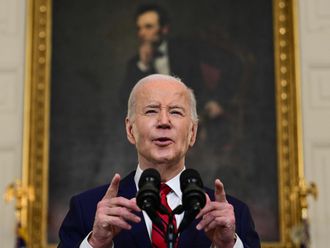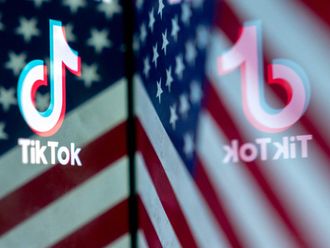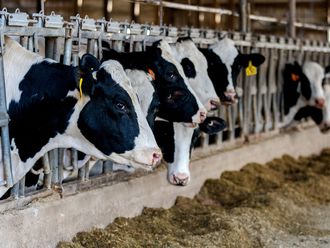Ferguson: Spring break is that time of year when US college students famously hit the beach en masse for a week of hard partying down in Florida or Mexico.
But for some, picking up litter on the streets of troubled Ferguson — where a white police officer fatally shot unarmed black teenager Michael Brown seven months ago — seems like a better idea.
“I sort of want my spring break to serve a greater purpose,” said Seanniece Bamiro, 24, a University of Maryland public policy grad student, amid the boarded-up storefronts along West Florissant Avenue hard hit by riots after Brown’s death.
Over five weeks, more than 200 students will be taking part in Ferguson Alternative Spring Break, lending a helping hand while hoping to make a difference as the St Louis suburb of 21,000 struggles to get back on its feet.
Each student fulfils more than 30 hours of community service that includes voter registration (some Ferguson council seats are up for election on April 7), tutoring local students, lending a helping hand to small businesses, participating in teach-ins — and picking up trash in the spring sunshine.
“It helps to lift morale in the community, seeing young people out working, seeing them here being of service, coming from all over the country,” said Charles Wade, co-founder of Operation Help or Hush, a community activist group which put the programme together.
“It’s not trying to show people that we are better than them in any way or showing them what to do,” he said. “It’s just showing them that we’re standing right beside them. It’s a trip really about solidarity.”
For a $100 (Dh367) fee, each participant spends a week in Ferguson, a deal that includes three meals a day, accommodation and the opportunity to see first-hand what most Americans have only witnessed on TV news.
“I think the biggest takeaway for all of us so far has been that it’s normal here. So many of us have said that it looks like our hometowns,” said Danielle Daley, 25, a Connecticut native studying nursing at New York University.
Angela Parker, 19, a politics student at New York University, said grassroots efforts like Ferguson Alternative Spring Break can be an effective way to confront “a way bigger system of oppression that just racism.”
“This kind of work, going out with the residents and cleaning up, beautification, all that stuff, is important in terms of the big picture,” she said against the backdrop of a mural on the shuttered Furniture for Less store that read: “Speak Da Truth.”
One of the first things participants do upon arrival is to tour the city, whose population is two-thirds African-American, from its gentrified main street with its corner cafe and Irish pub to working-class Canfield Gardens and the spot where Brown was killed.
“When we passed the Mike Brown memorial, my heart kind of sank,” said Bamiro, referring to the stack of stuffed toys laid in honour of the 18-year-old who died a day before starting vocational school.
“Even though I’d seen it online, in pictures and media clips, to see it in person ... it was definitely an emotional moment,” she said.
Most of the spring breakers are African-American, but there is also a good turnout of young white Americans like Henry Prine, 19, who was impressed by how much community activism has already taken root.
Ferguson Alternative Spring Break is “really to elevate the already amazing work that is being done here,” said the Vermont native who attends Wesleyan liberal arts college in Connecticut.
For Anna Ladd, 20, a Kansas City State University student whose mother grew up in Ferguson, and who still have relatives in the area, the objective this week is a simple one: “I just came here to listen.”












